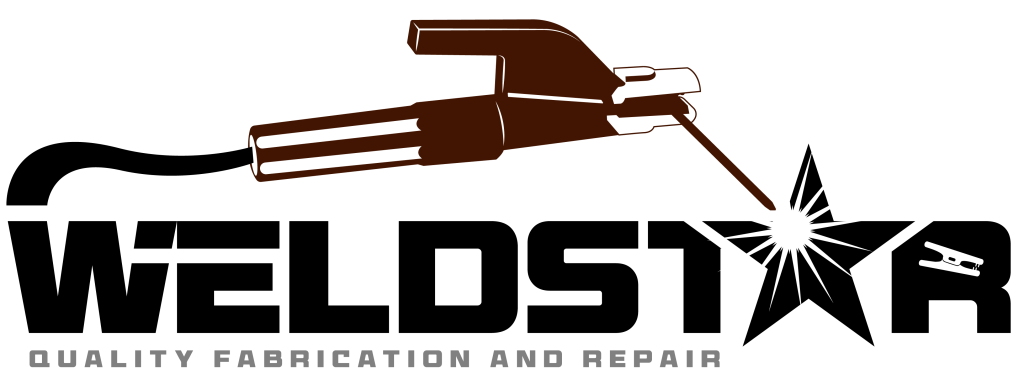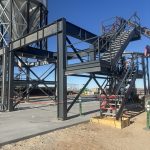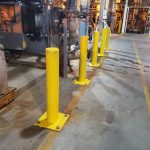Workplace safety is a priority for businesses in any industry. Whether you’re operating heavy machinery, handling industrial equipment, or managing a production line, maintaining a secure environment protects employees and minimizes risks. One of the most effective ways to enhance workplace safety is through the use of safety guards. These protective barriers prevent accidents, safeguard machinery, and ensure compliance with safety regulations.
1. Protecting Employees from Accidents
The primary purpose of safety guards is to shield workers from potential hazards. Equipment such as conveyor belts, cutting tools, and rotating machinery can pose serious risks if not properly enclosed. Safety guards:
- Prevent direct contact with moving parts.
- Protect against flying debris or accidental projectiles.
- Reduce the likelihood of injury caused by human error.
By creating a physical barrier between employees and dangerous machinery, safety guards contribute significantly to a safer work environment.
2. Prolonging Equipment Lifespan
Safety guards do more than just protect people—they also help preserve your equipment. These barriers prevent damage caused by:
- Misuse or unintended contact with machinery.
- Environmental factors like dust or debris entering sensitive components.
- Collisions with other objects or vehicles in the workspace.
3. Enhancing Workplace Efficiency
4. Ensuring Compliance with Safety Regulations
5. Customization for Specific Needs
Every workplace is unique, and safety guards can be tailored to fit your specific requirements. Weldstar, LLC specializes in creating custom safety enclosures that:
- Fit your equipment perfectly, ensuring full protection without hindering productivity.
- Use durable materials to withstand the rigors of your work environment.
- Designed to be easily removable for maintenance or adjustments.
6. Reducing Downtime and Costs
Accidents or equipment damage can lead to costly downtime and unplanned expenses. By preventing these issues, safety guards help maintain a steady workflow and minimize disruptions. The upfront cost of installing guards is far outweighed by the savings in avoided accidents, repairs, and lost productivity.
How to Implement Safety Guards in Your Workplace
If you’re considering adding or upgrading safety guards in your workplace, follow these steps:
- Assess Hazards: Identify areas where safety guards are needed based on potential risks.
- Consult Professionals: Work with experienced fabricators like Weldstar, LLC, to design guards that meet your unique requirements.
- Ensure Compliance: Verify that the guards align with safety regulations and standards for your industry.
- Regular Maintenance: Inspect safety guards routinely to ensure they remain effective and in good condition.





